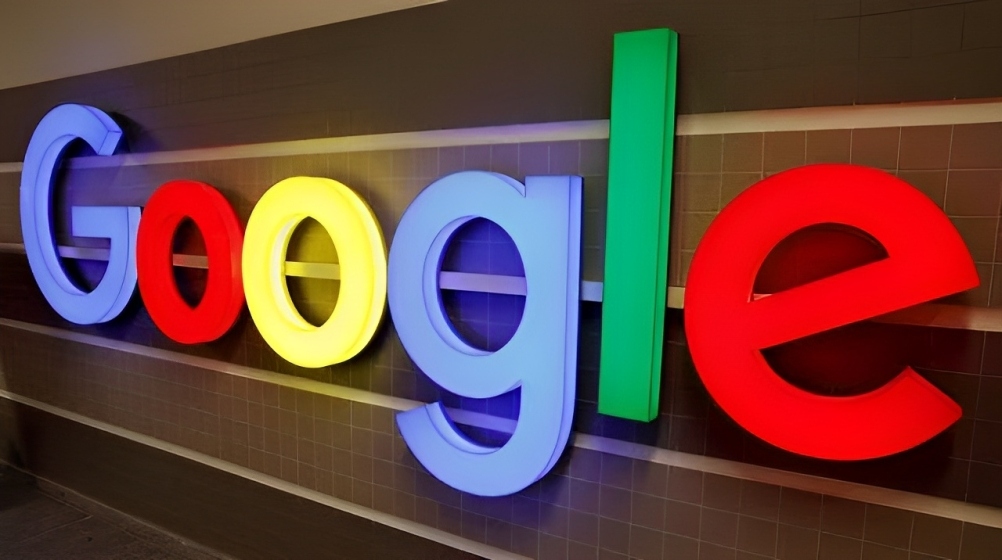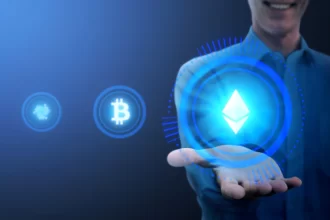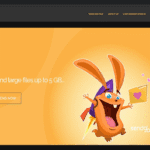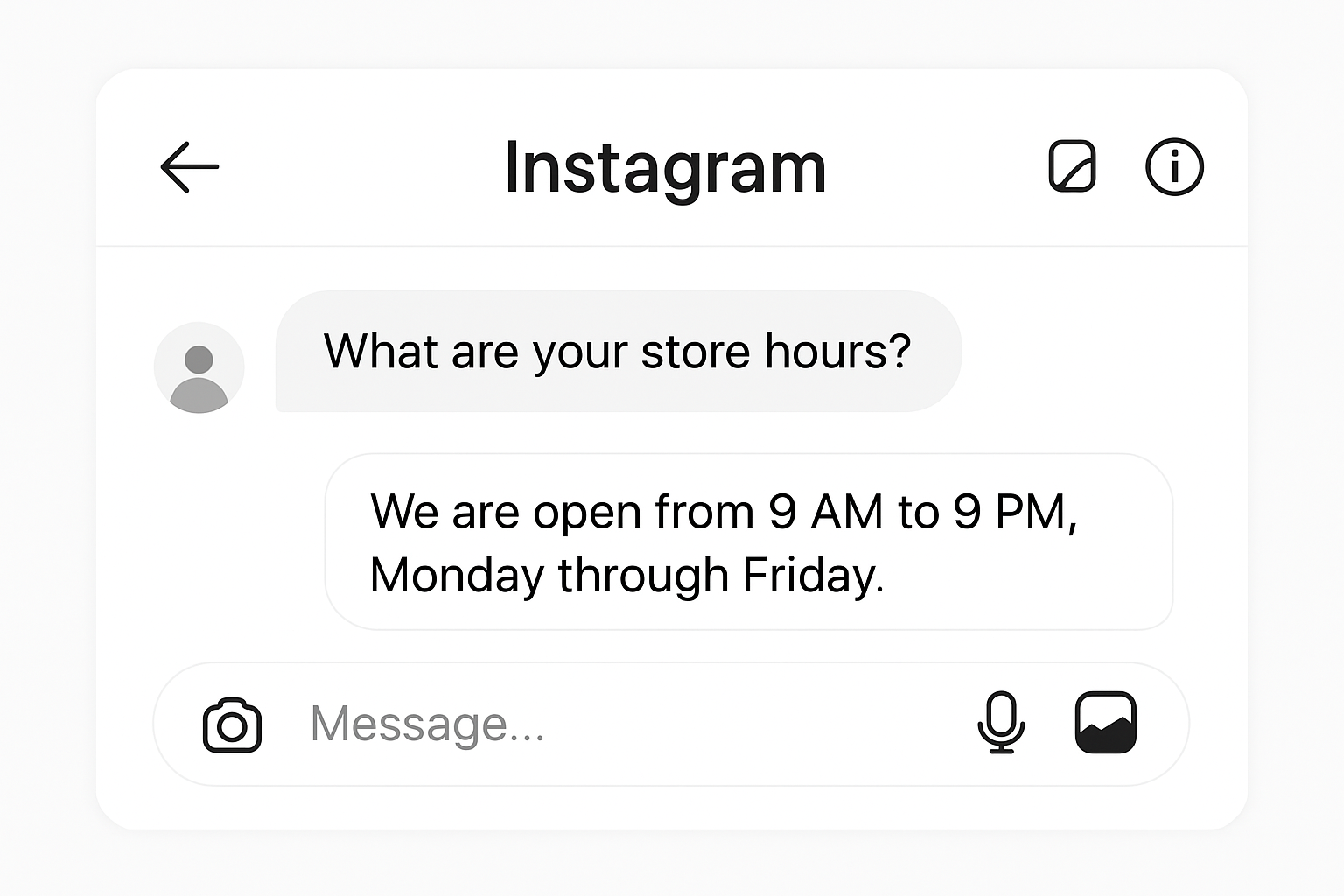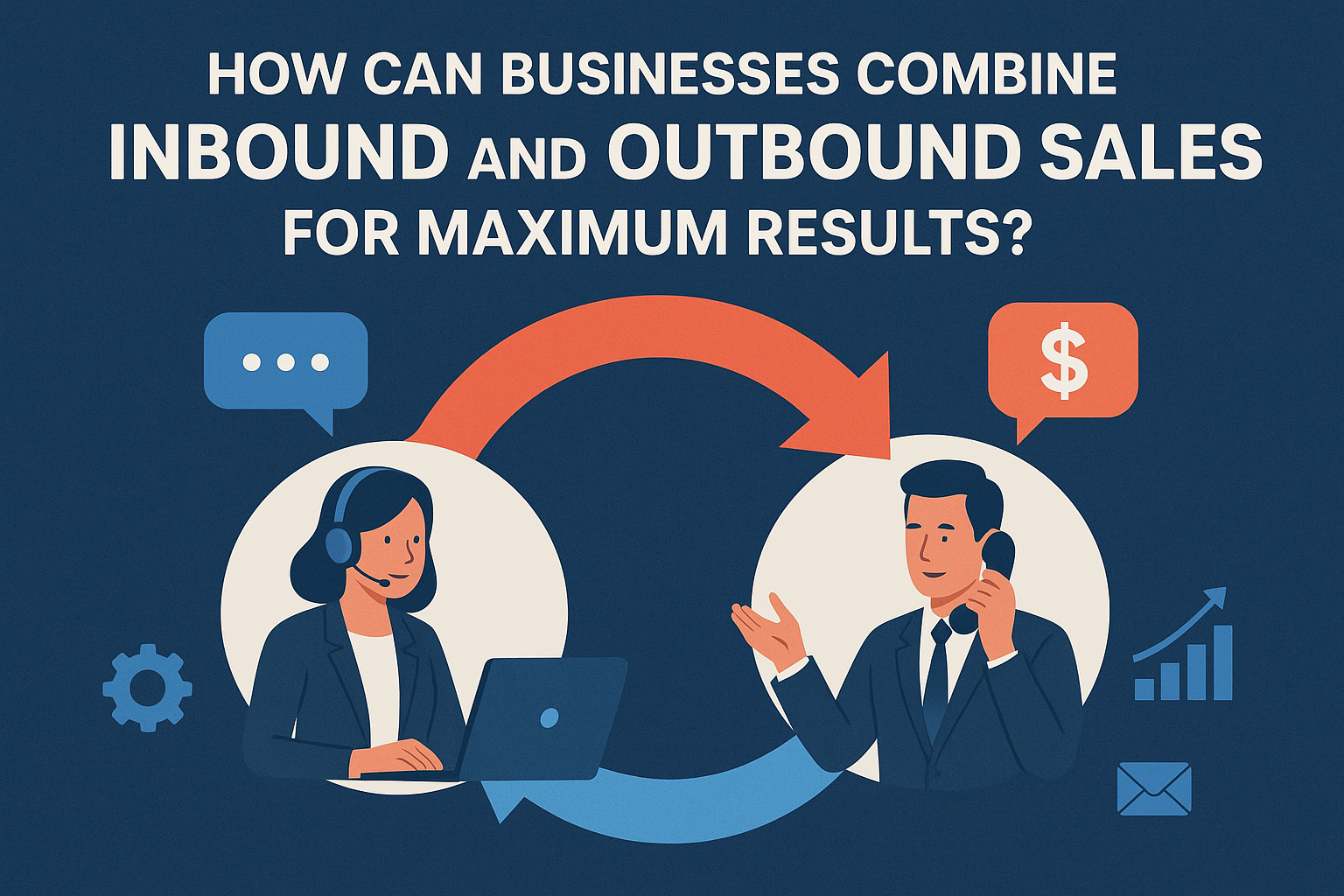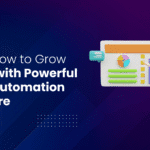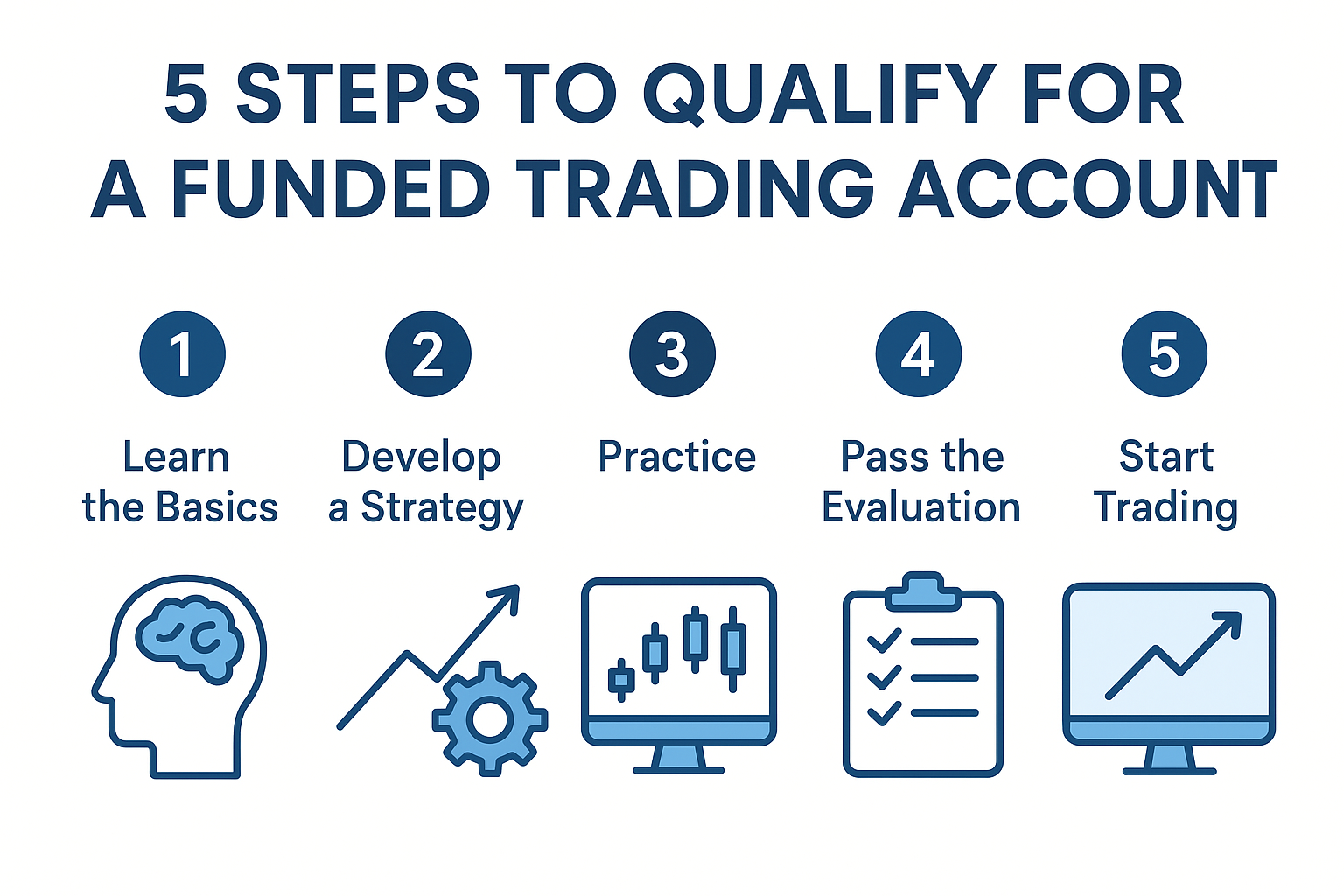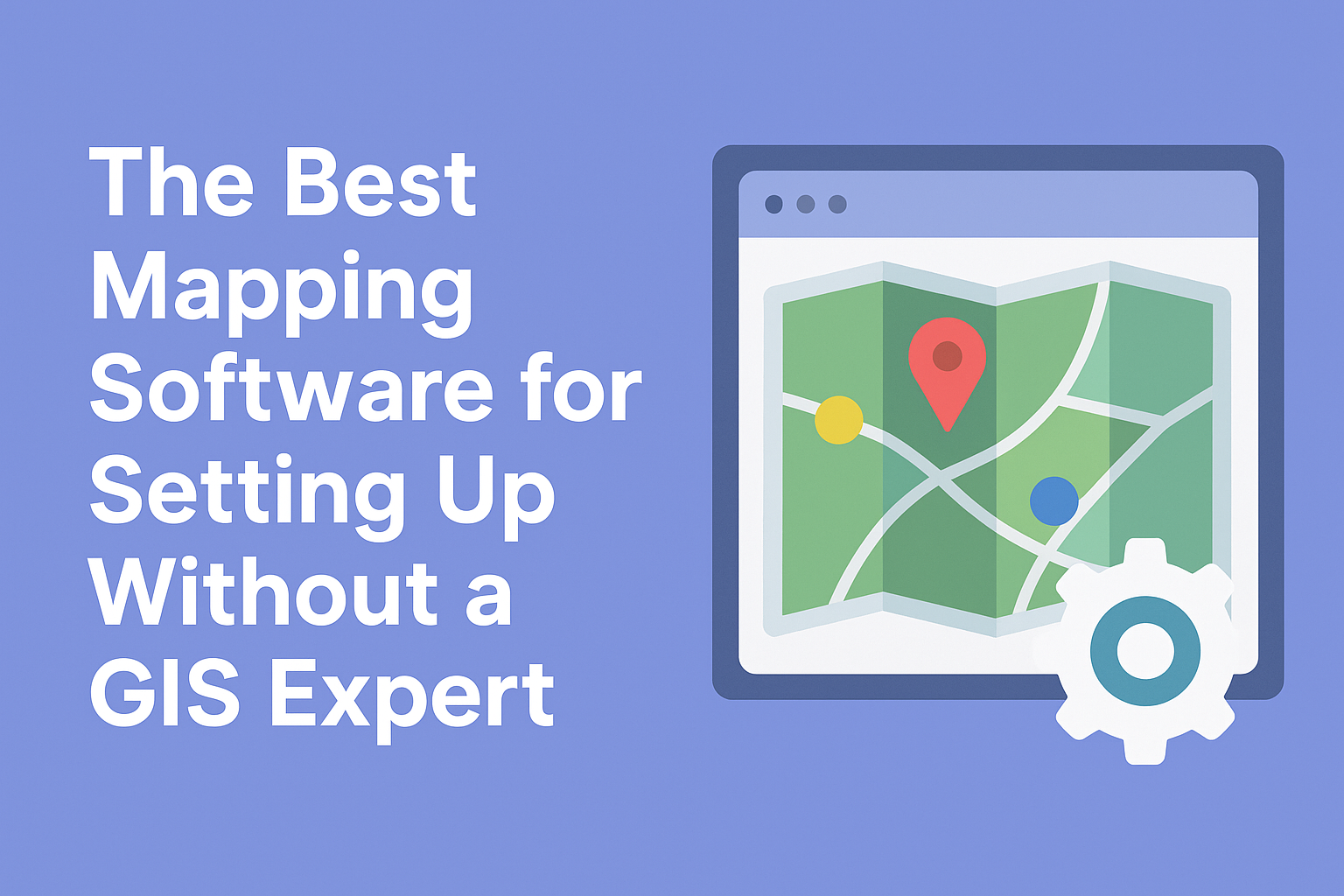Google Releases Imagen 2, New Multimodal AI Tool For The Enterprise
The powerful Imagen 2 technology from Google can turn words into images. This Google Cloud Vertex AI tool uses Google DeepMind technology to improve image quality and add features.
Google’s Imagen 2 picture-making technology is fresh and enhanced, which is great. This powerful tool turns words into graphics and is now available for special customers utilizing Google Cloud’s Vertex AI.
This improved Imagen 2 has excellent text-based image-making tools. It uses sophisticated Google DeepMind technology to improve image quality.
Imagen 2, our most sophisticated text-to-image technology, is now generally available for Vertex AI clients on the allowlist, boosting Google Cloud’s image-generation capabilities. Our customers may modify and deploy Imagen 2 on Vertex AI with intuitive tooling, fully managed infrastructure, and built-in privacy and safety protections. Google claimed in a blog post that Imagen 2, developed using Google DeepMind technology, improves image quality and offers many capabilities to help developers produce images for their use cases.
Some cool things Imagen 2 can do:

- Create clear and appealing images from spoken words. Write multilingual words on photos accurately.
- Create and place company and product logos on photos. Answer photo questions and add informative captions.
- Create images in Chinese, Hindi, Japanese, Korean, Portuguese, English, and Spanish. Additional languages are coming soon!
- The new Imagen 2 prioritizes safety and privacy. Its particular features ensure its photographs follow Google’s responsible and safe guidelines.
- Google will also help Imagen 2 users with legal issues with their photos. Google promises to safeguard these clients if Imagen 2 photos have copyright or ownership issues.
Snapchat’s parent companies, Snap, Shutterstock, and Canva are already using this new technology to create fascinating things. Snap helps users create scenes to share with friends using Imagen 2. Shutterstock turns text into visuals for stories, and Canva allows users to easily create gorgeous graphics.
If you wish to experience Imagen 2, visit Google Cloud’s website or ask a representative. This revolutionary technology makes it easier for everyone to create stunning graphics from their thoughts!
Vertex AI allows approved Google Cloud customers to use Imagen 2, a text-based photo editor one knows whose data the company used to train the new algorithm or if unintended contributors can opt out or get reimbursed. At its May I/O conference, Google teased Imagen 2, its DeepMind-powered enhancement. Google says it has “significantly” enhanced image quality compared to the first-gen Imagen and incorporated text and logo rendering (it released image examples this morning). Text and logo generation by Imagen competes with OpenAI’s DALL-E 3 and Amazon’s Titan Image Generator. In 2024, Imagen 2 will render text in Chinese, Hindi, Japanese, Korean, Portuguese, English, and Spanish and overlay logos in photos. Abstract logos, lettermarks, and symbols by Imagen 2.
Google head of generative media products Vishy Tirumalasetty told TechCrunch that users can apply these logos on objects, clothes, business cards, and more before today’s reveal. Images 2 uses “novel training and modeling techniques” to provide “detailed answers” to picture element queries for descriptive, long-form requests. Google claims these tactics improve Imagen 2’s multilingual understanding, allowing it to turn stimuli into logos in several languages. Imagen 2 uses DeepMind’s SynthID to watermark photographs invisiblely.
Third-party equipment cannot detect these watermarks, which Google claims are resistant to image compression, filters, and color changes. Officials’ concerns about AI-generated web disinformation may calm fears. Google didn’t disclose Imagen 2’s training data, disappointing but anticipated. GenAI providers like Google may not be allowed to train and sell models on copyrighted public data. In disputes, vendors use fair usage. Settling takes time.
Google is quiet, unlike the first-gen Imagen, which is trained on the public LAION dataset. Google suffered from LAION’s medical photographs, copyrighted art, and celebrity photoshopped erotica. AI-powered picture makers Stability AI and OpenAI allowed authors to skip training datasets a few months ago. Creative compensation programs from Adobe and Getty Images may be unfair. Like Amazon, Google does not pay authors or enable opt-outs. May not change soon.
Indemnification from Google protects qualifying Vertex AI customers against training data and Imagen 2 output copyright issues.
Corporate consumers and developers dislike generative models repeating training instances. An academic study found that first-gen Imagen displayed real-person images, copyrighted artist work, and more when asked.
As expected, a third of Fortune 500 corporations surveyed by Acrolinx cited intellectual property as their top generative AI issue. In another poll, 9/10 developers “heavily consider” IP protection when choosing generative AI. Google expanded its policies to fix this. (Google previously excluded Imagen outputs from indemnification.) This time, the creator worries about failing.

